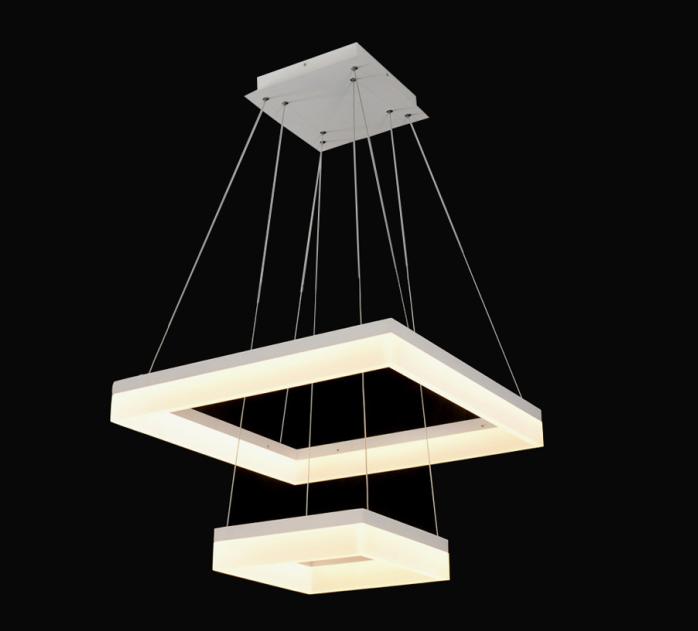The ATM network can be divided into three parts: public ATM network, dedicated ATM network and ATM access network. The public ATM network is an ATM network operated and managed by the telecommunications management department. It connects each dedicated ATM network and ATM terminal through a public user network interface. As a backbone network, the public ATM network should be able to guarantee the interoperability with the existing various networks, and should be able to support various existing services including ordinary telephones. In addition, there must be a full set of maintenance, management, and billing functions. At present, there is no commercial public ATM network, and the agreement on the public ATM network is constantly being improved. The private ATM network refers to the ATM network within the scope of a unit or department. Because its network size is smaller than that of the public network and does not require management procedures such as billing, the private ATM network is the first to enter the practical ATM network, the new ATM Devices and technologies are often used first in the ATM private network. At present, the private network is mainly used for local area network interconnection or directly forming an ATM LAN to provide high-quality multimedia services and high-speed data transmission on the local area network. Access to ATM network mainly refers to the use of ATM technology in various access networks to transmit ATM cells, such as ATM-based passive optical network (APON), hybrid fiber coaxial (HFC), and asymmetric digital loop (ADSL) And wireless access technology using ATM. 2. ATM main interface UNI is the user network interface in the ATM network. It is the interface between the user equipment and the network and directly faces the user. The UNI interface defines the interface standard of the physical transmission line, that is, what physical line and interface the user can connect to the ATM network, and also defines the ATM layer standard, UNI signaling, OAM function and management function. According to the location of the UNI interface, it can be divided into public network UNI and private network UNI (PUNI). The definition of these two UNI interfaces is basically the same, but PUNI does not need to be as much as the public network interface. Considering strict consistency, PUNI has more interface forms, more flexible and faster development. 2. NNI (Network to Network / Network Node Interface) NNI can be understood as a network node interface or an interface between networks / networks, generally an interface between two switches. Like UNI, the NNI interface also defines the specifications of each layer such as the physical layer, ATM layer, and signaling. Function, but because the NNI interface is related to the routing problem connected to the network, the routing method is specifically explained. Similarly, the NNI interface is also divided into the public network NNI and the private network NNI (PNNI). The difference between the public network NNI and PNNI is still quite large. For example, the public network NNI signaling is broadband ISDN of signaling system No. 3 and No. 7 The user part is B-ISUP, while PNNI is completely based on the UNI interface and still uses the UNI signaling structure. 3. B-ICI (BISDN Inter-Carrier Interface) B-ICI is defined as an interface between two public ATM networks and provides connections for UNI interfaces that belong to two operators respectively. Its definition is based on the NNI interface and is characterized by supporting multiple service transfers between different networks, including Cell-based PVC-based services, PVC-based frame relay services, circuit simulation services, SMDS and SVC services, etc. 4. DXI (Data Exchange Interface) DXI is defined between the digital terminal equipment DTE and the digital connection equipment DCE. DTE is connected to DCE through DXI and then connected to the ATM network through the ATM UNI interface. DCE completes the adaptation process of data terminals that do not meet the ATM standard to ATM Equivalent to terminal adapter. 5. FUNI (Frame Based UNI Interface) The meaning of FUNI is similar to that of DXI. FUNI has completely moved the ATM adaptation function into the switch. FUNI frames are transmitted between the terminal and the ATM switch, so compared with the DXI interface based on the cell, FUNI has a higher access line effectiveness.
Modern Acrylic Light has many different styles and many different choice, the main material of acrylic Pendant Light is aluminum, acrylic and crystals. The light source is LED SMD ,led spot light, Led Strip Light. Now the acrylic light is updated soon. The decorative series are very popular. Acrylic material is an important early development of plastic
polymer materials, with good transparency, chemical stability and
weather resistance, easy to dye, easy processing, beautiful appearance,
in the construction industry Has a wide range of applications. Plexiglass products can usually be divided into casting plates, extruded plates and molding compounds.
Modern Acrylic Light Modern Acrylic Light,Led Acrylic Wall Lamp,Led Acrylic Chandelier,Acrylic Chandelier Zhongshan Laidi Lighting Co.,LTD , http://www.idealightgroup.com
1. UNI (User-Network Interface) 


1. ATM network structure